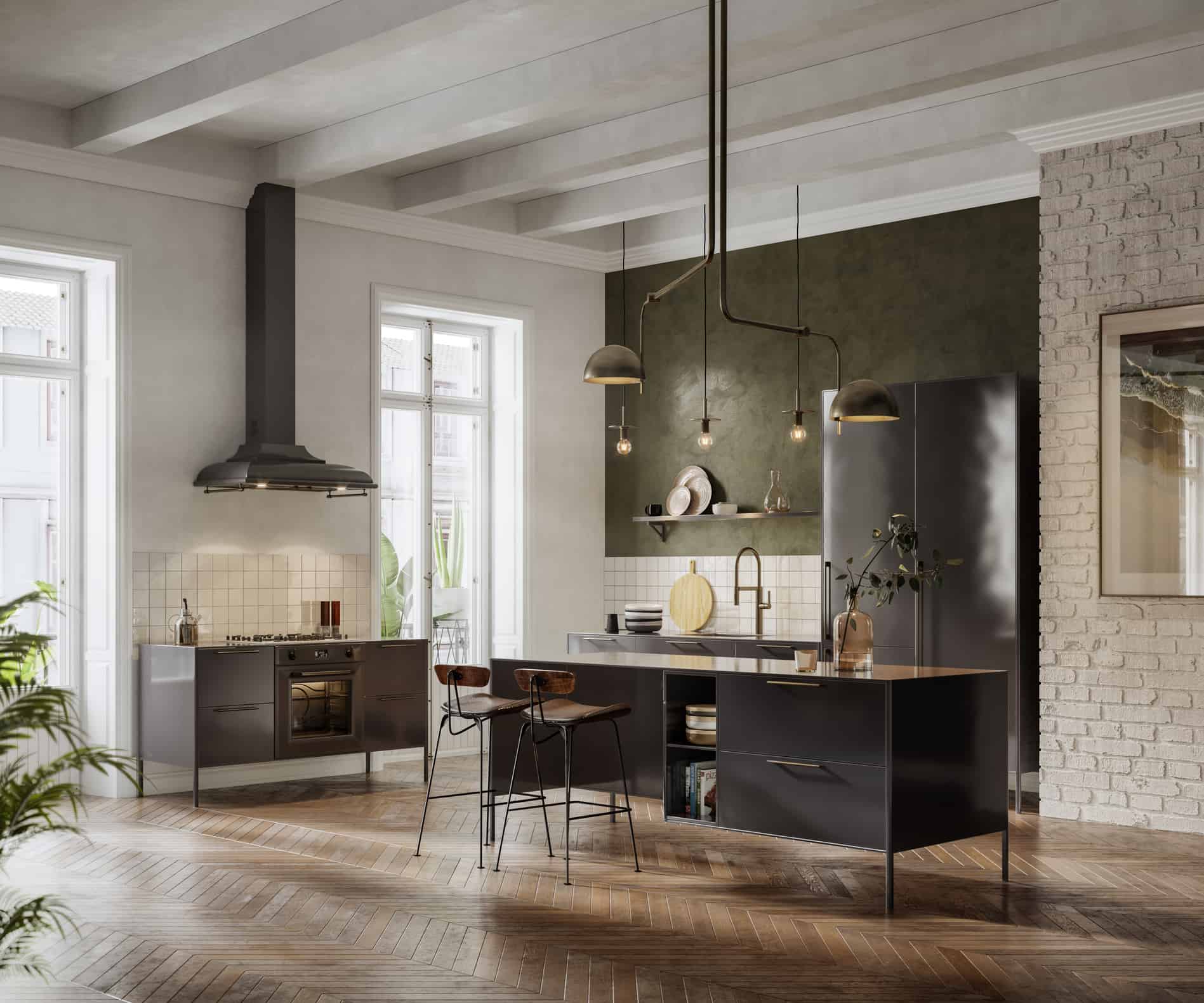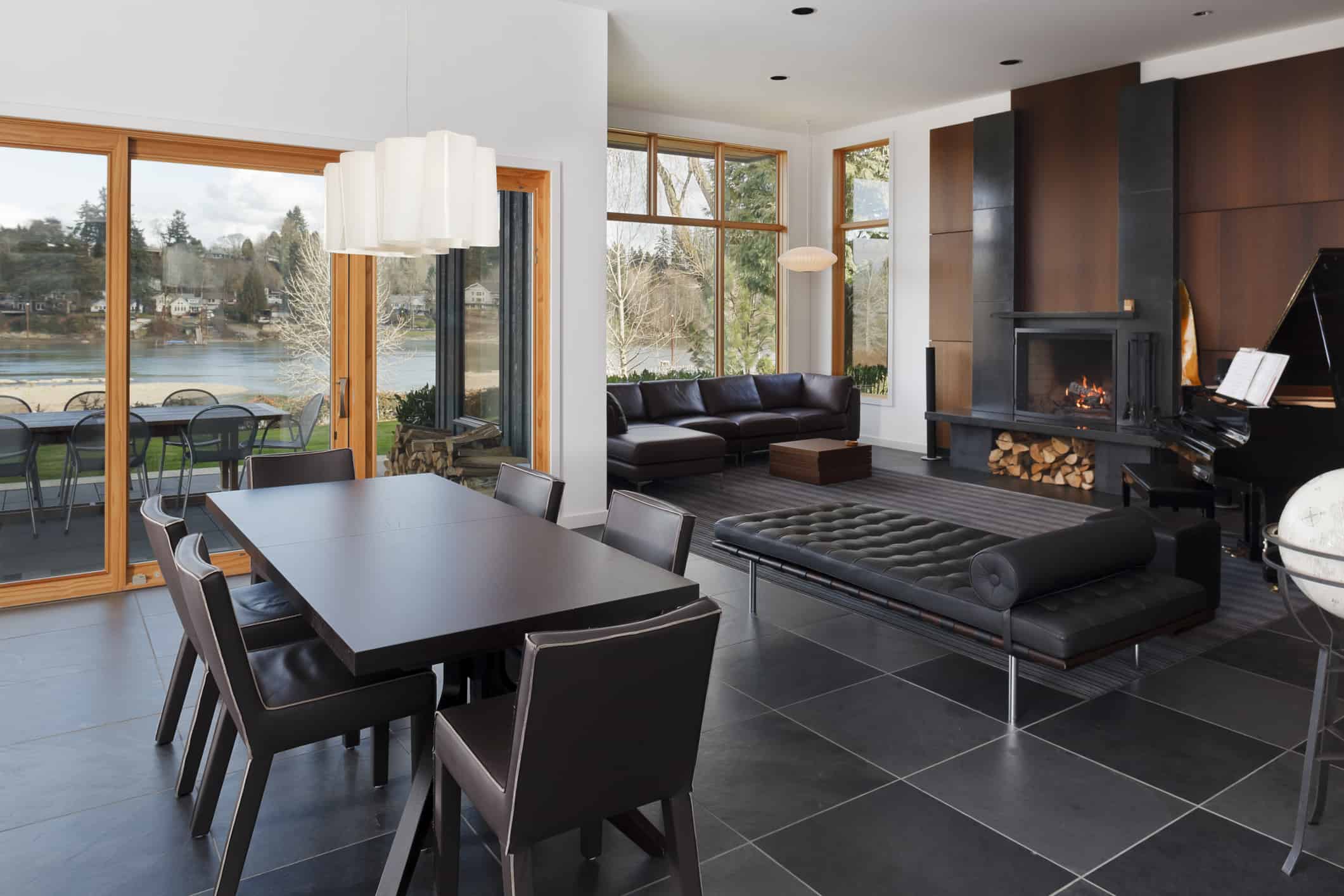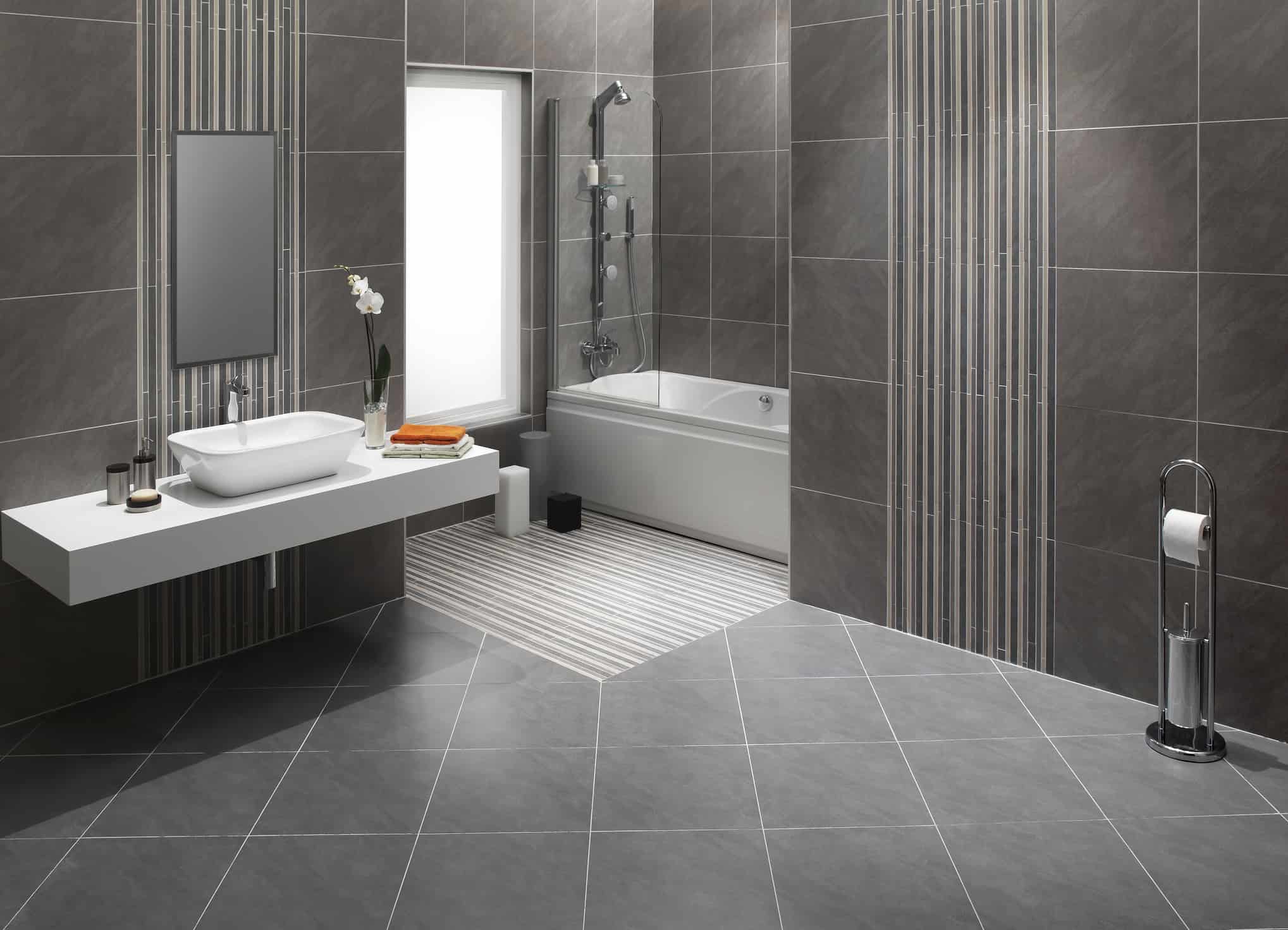Want to learn how to pair floor and wall tiles together and create beautiful designs? While it might seem fairly simple, there’s quite a lot of technique that you should be mindful of before embarking on a tile renovation. Considering things like themes, patterns, even elevation levels will impact the overall look of the finished product. But how do you know what would be the best approach?
We’re sharing our top five design tips that will help you when you’re mixing different tiles. This handy guide is packed with all the things you’ll need to renovate your kitchen, bathroom, or truly any part of your home that needs a makeover.
First Things First: Choose a Theme
If you want to match your wall tiles and floor tiles, you’ll first want to choose a theme. You can significantly narrow down your choices and tile selection by choosing one before you make any purchases—this is because you’ll also know what you don’t want, which is just as important as knowing what you do want. Themes can be specific, like mid-century modern, farmhouse, industrial, or contemporary. You can also be more broad and just focus on a colour palette you like, or base your design off of a feeling you want to convey.
This step can be a fun creative exercise, so get visual. Cut out pictures from magazines, create a mood board or write down a list of words that speak to you. Your choices will depend on where your personality and aesthetics lie, and there are no wrong answers.
Learn How to Balance
Once you decide on a theme, you can start to pick out your tiles. When it comes to colour matching, choose colours that complement each other or create visually appealing contrasts.
Black and white, for example, are a classic combination that go great together, even though they contrast.
Blue and orange can go well together if you’re looking for something more dramatic. If you want subtlety, then look for colours that are more muted. In terms of size, balance large tiles against small tiles. For example, in your shower, you can have larger, white wall tiles that are rectangular. For the floor, feel free to experiment with small, round black tiles. The balance makes for a more visually appealing space.
Mix Patterns With Solid Colours
To make your space more punchy, mix tile pattern ideas and contrast patterned tiles with plain ones. Mosaic or patterned tiles don’t just have to be for backsplashes. For your bathroom, you can add colourful patterns to the floor tiles and have the walls a glossy, porcelain white.
The trick is to not overdo it. You may be comfortable with patterns and designs, but you don’t want to overpower a room and make it too loud. This goes back to creating a balance. If one section is busy, colourful, or loud, then you want to balance it out by offering a smooth, clean, and quiet alternative.
Strategize Elevation
Pay attention to the different thickness and weight of your tiles, as they’re not all created equal. This is important because when your tiles transition from one to the other, you might see a dip or edges peaking out. Be strategic about tile choices and placement so that all the tiles will lay flat ones they’re installed.
Before committing to a design, place the tiles you’re going to use down on the ground and see if any problems arise. Are there any unseemly edges? Do any of the corners differ? Are some tiles thicker than others? These are the sorts of the things you’re looking for, especially if you’re trying to mix and match floor tiles. You can always have tiles cut by a professional so they lay flat.
Focus on Grout Lines
Grout lines can seem unimportant, but they play a hugely important role when it comes to design. You can use grout lines to create patterns with more simple tiles. For example, if you have small, rectangular tiles, you can create a row with two laying vertically and two laying horizontally next to them. Alternate this pattern down the row and the grout lines create an intricate, negative space.
The grout lines themselves can be as thin or as wide as you want them to be. Get creative with this negative space and use it to your advantage.
Additionally, switching between white or charcoal grout can create completely different looks on the exact same installation.
The Best Tiles for Your Home
Finding great tiles is one thing, but pairing tiles is something else. There’s strategy involved and techniques you can employ to make the most out of your tiles. By mixing different tiles, you can elevate your home renovation by a mile. Make sure you have a theme in mind, you plan your purchases, and you experiment with designs.
Keep browsing our website to gain inspiration or reach out to a professional if you have any questions.



